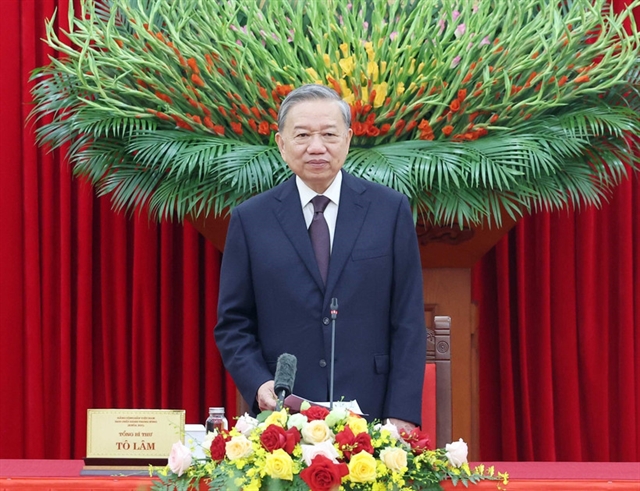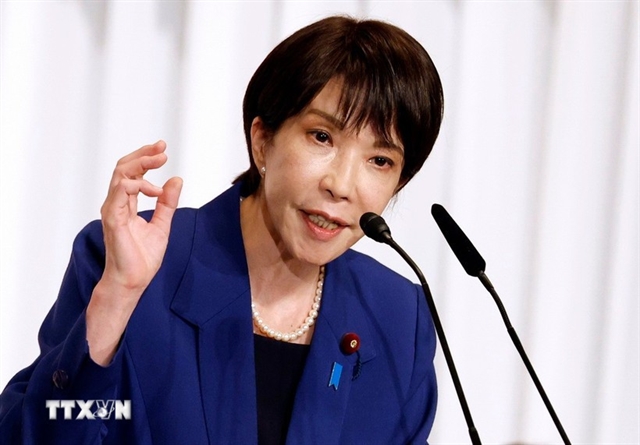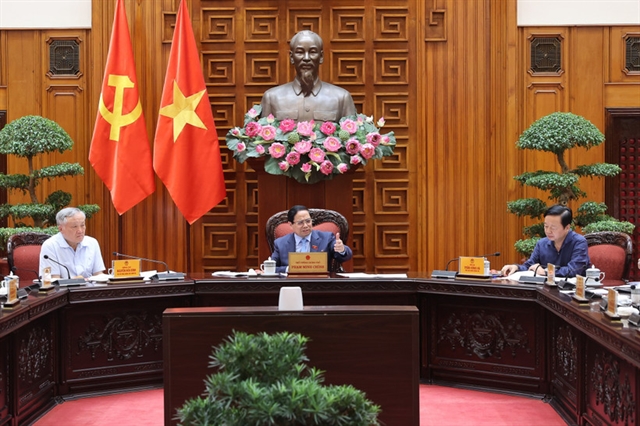 Society
Society
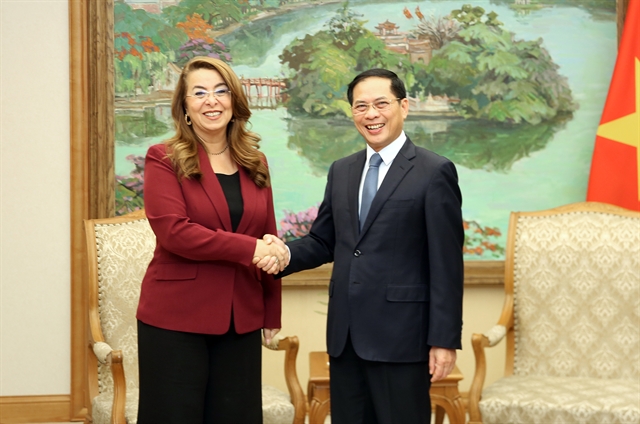
The focus of space technology is the cosmos, but the technologies that are helping us explore our universe are now also saving lives, preserving our environment and enhancing our nation’s transportation and security, and improving our lives in many ways.
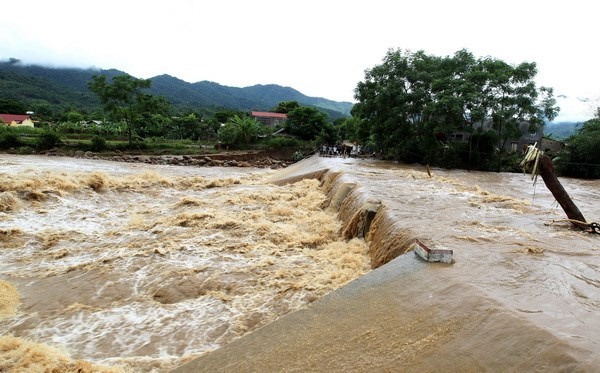 |
| Space technologies are vital to the early warning and management of the effects of the disaster.—VNA/VNS Photo Quốc Khánh |
HÀ NỘI — The focus of space technology is the cosmos, but the technologies that are helping us explore our universe are now also saving lives, preserving our environment and enhancing our nation’s transportation and security, and improving our lives in many ways.
The information was shared by experts attending a seminar held by the Space Committee in Hà Nội yesterday.
The national strategy for space technology research and application 2006-2020 was approved by the Prime Minister in July 2006. Since then, research and the application of space technology have developed in many fields of civil society, said Doãn Hà Thắng, Head of the Việt Nam Space Committee office.
“Innovative technologies and the application of space science to everyday life have helped improve health and medicine, transportation, public safety, consumer goods, energy and environment, information technology and industrial productivity,” he said, adding that space technology had not merely consisted of scientific research but had been utilised as a means to foster social-economic development and ensure national security.
The development of satellites has aided our life on Earth greatly, from those used for transmitting TV and telephone signals and satellite navigation systems to satellites that orbit our planet allowing us to study oceans, the atmosphere, clouds, weather, rainforests, deserts, cities, ice sheets and just about everything else on, and even within, our planet.
But that was just the beginning.
Thắng cited some applications of space technology that have been available worldwide for the past 40 years, from memory foam that was originally used to protect astronauts, to space blankets, which are low-weight and low bulk blankets made of heat-reflective thin plastic sheeting, and now being used as emergency blankets, to scratch resistant lenses.
“Developed countries in the world have good relations with Việt Nam and want to support the country in this matter. If Việt Nam could catch up with rapidly changing technology development, it would be a positive opportunity for sustainable development of the country itself,” he said.
Over the past several years, the Space Committee had been asking for requests and recommendations from ministries and sectors on their needs for the application of space technology in each field.
“Most of the requests related to each sector’s practical needs. With a limited infrastructure foundation and budget, we select the most suitable and affordable solutions to meet such demand, especially with the availability of many advanced technologies,” Thắng said.
Technology has changed rapidly over the past 10 years, and investment in space technology in Việt Nam can become more effective if proper policies are implemented.
According to Vũ Duy Thịnh from the Việt Nam Posts and Telecommunciations Group (VNPT), satellite technology has changed dramatically over the past years. Each year, small satellites become even smaller, more sophisticated, more capable, and less expensive, he said.
"It’s a chance for developing countries to skip the traditional steps and take the chance that advanced technologies offer," he said.
“International co-operation, improving the investment environment for the application of space technology in civil society, encouraging private sector to take part in space technology investment, and a proper state management mechanism for space technology, can be the answer,” he said.
Practical applications
Hoàng Minh Ngọc, deputy head of the Department of Cartography under the General Staff of the Việt Nam People’s Army, said space technology’s remote sensing had been applied effectively in cartography.
“We’ve been using remote sensing technologies to serve map making, image interpretation, observing transportation on sea, rescue and relief, and most importantly in protecting national security,” Ngọc said.
Meanwhile, Tạ Hải Tùng, Director of the School of Information and Communication Technology of the Hà Nội University of Science and Technology (HUST), spoke of how Global Navigation Satellite Systems (GNSS) had been applied in intelligent transport systems in Việt Nam.
With more vehicles on the road, more traffic information is required to regulate traffic flow and guarantee traffic safety. With additional traffic information, the road infrastructure can be optimised by guiding traffic and controlling traffic flows.
“The installation of vehicle trackers that can collect vehicle position, speed, driving time, and send it over a communication link to a central server, will help authorities manage traffic more effectively,” he said.
When drivers in Việt Nam use GPS jammers to avoid police supervision, Tùng and his colleague at HUST worked on a device that can track the jammer.
“This shows that when practical needs arise, people and the Government can ask and private firms can respond,” Thắng from the Space Committee said.
Since 1976, more than 2,000 aeronautics and space technologies have been improving life on Earth. It is high time that ministries and sectors and scientists raise their voices so that the Government can adopt a new vision and new strategy to make space technologies serve the country in a better and more effective manner, he added.—VNS


